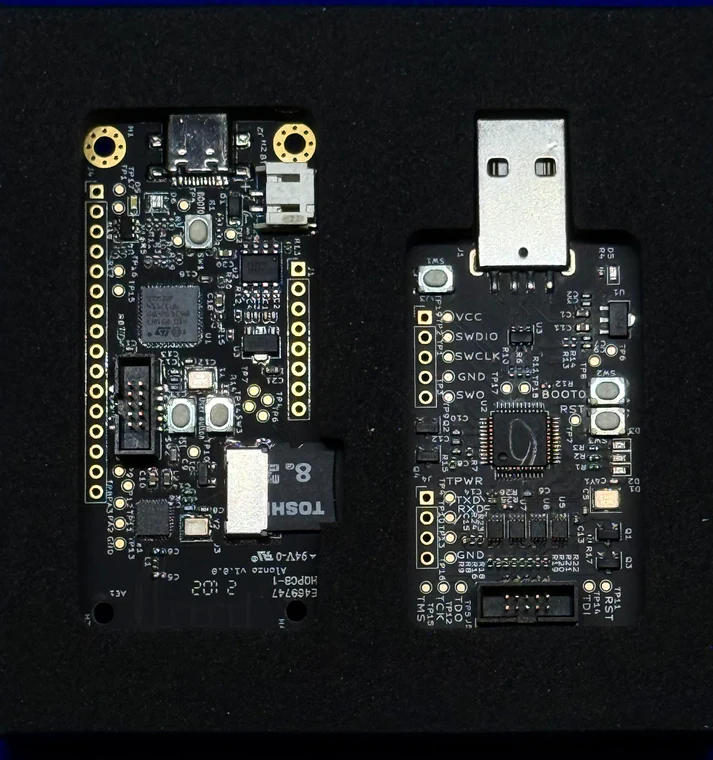We’re already in cyberpunk. Everything’s tracked, logged, and nudged by algorithms. In that kind of world, crypto isn’t just cool tech, it’s a way to push back. It’s a statement. A choice to stay in control.
Forget corporations and regulators for a second. This post isn’t about them. This is about you as the individual holding your own future in a few lines of cryptographic math. That’s where the real fight begins.
The newly released "Guideline on Supervision of Licensed Stablecoin Issuers" by the HKMA is filled with institutional logic: segregation of funds, governance, full backing of reserves. For the institutions, it’s about liability, control, and reputation. But for individuals — the punks in the digital sprawl — the game is different. For us, security isn’t about compliance, it’s about survival.
Why Key Management Is the Front Line
Your private key is your passport, your vault, your identity. If someone takes it, you’re done. No KYC hotline is going to recover your funds. In that sense, a stablecoin, no matter how "stable", is only as strong as the key that holds it.
Big institutions talk about HSMs, multi-sig, and air-gapped systems, and they should. But what about individuals? What happens when key management becomes so complex it locks out everyone but the tech elite or pushes users toward centralized wallets "for convenience"?
If we care about the cyberpunk ideal, individuals owning their future, then we need to work on usable yet secure key management for the everyday hacker, artist, or activist. That means:
- Hardware wallets that are open-source and affordable.
- Recovery systems that don’t rely on cloud sync or corporate recovery agents.
- Education that doesn’t require an infosec degree to understand the threat model.
Against the Convenience Trap
Most people fall into the trap of custodial wallets. Why? Because the UX of cold wallets is trash, and no one wants to memorize a 24-word seed phrase. But convenience is a honeypot. Every UX shortcut is a potential vector of control.
If stablecoins are to become real tools for the people, not just finance bros and venture capital dApps, we need a design shift. Not just towards security, but sovereign usability. Think Monero’s stealth addresses or Tails OS for browsing, not easy, but deeply empowering.
Surveillance-Proof Transactions
If we’re serious about resisting the digital Leviathan, stablecoin systems must include:
- Stealth wallet generation
- Burn-and-mint privacy patterns
- Atomic swaps with anonymizing layers
- On-chain obfuscation similar to zk-SNARKs or ring signatures
This isn't just about protecting from hackers. It's about protecting from digital leviathan who blacklist addresses, freeze funds, and require full visibility into your holdings.
The Individual’s Burden... and Opportunity
The reality is, without solid personal key management, stablecoins can’t liberate anyone. They just become programmable fiat, with compliance hooks baked in.
So the real challenge isn’t just regulatory frameworks, it’s making sure we don’t let them design all the defaults.
The individual must retain the right and the ability. Otherwise, we’re just building a shinier cage.




